CES may not be the best tech show for smartphones, but it does set the stage for what we should expect to see throughout 2020. While there were certainly a lot of products unveiled during the week, only a few were good enough to be selected for Phandroid's "Best of CES" award.
Selected by our team, the winners of the award stood out from their competitors through their design, innovation, performance, and unique features which were unmatched by their competitors.
Typically, we see a lot of Android-powered devices at CES, but 2020 had a much wider mix of products. Narrowing down the winners was harder than we expected, but in the end, we selected 8 devices that we thought were worthy of receiving the Phandroid Best of CES 2020 award.
Diesel On Fadelite smartwatch
Diesel isn't new to the smartwatch game, but the new Diesel On Fadelite is one of the new smartwatches we've worn that makes you forget that it's a tech product. The main attraction here is the translucent design which gives the body and included strap a unique look that you don't get from any other Wear OS smartwatch on the market.
The Diesel On Fadelite is impressive, running on Fossil's Gen 5 platform, but the real reason this new watch has us excited is that it will usher in a new era of playful, light and more design-focused smartwatches which will appeal to a much broader audience.
Motorola Tech3 earbuds
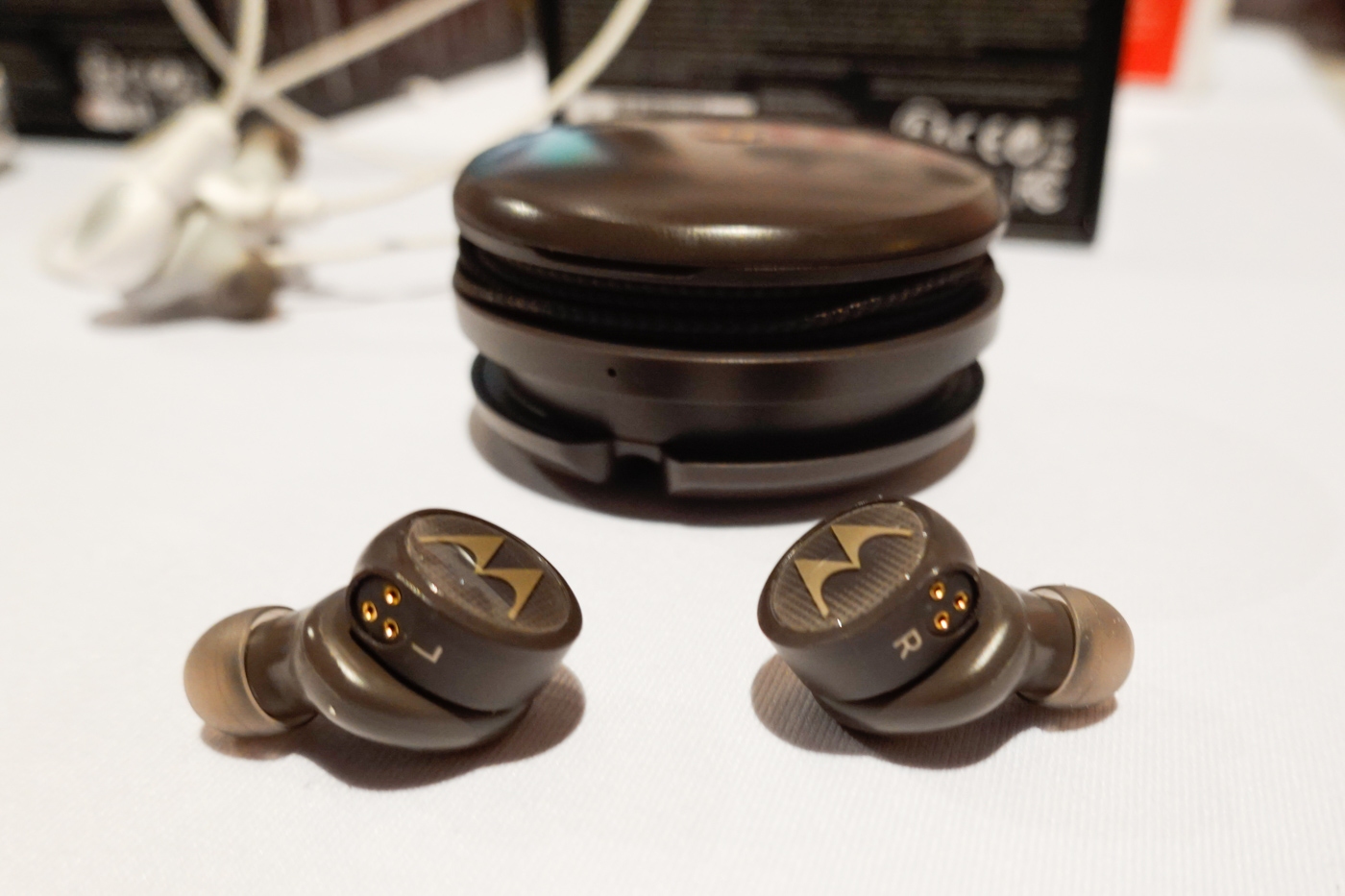
With wireless on-ear or over-ear headphones, you get the benefits of a wire-free connection without the major downsides of battery life. The battery lasts for ages, and if it ever dies, you can still plug the headphones into your phone or computer with a traditional cable.
But with true wireless earbuds, there's no such luxury. Once they're dead you have to drop them into the charging case and wait. Quick charging has made this less painful, but if the case is also dead, the earbuds are useless.
Motorola's new Tech3 true wireless earphones are different. In their normal configuration, they're no different from any other true wireless buds. But once the batteries are dead or you need to connect them to a device without Bluetooth, you can remove the wires tucked into the charging case and connect them to the earbuds. This turns them into wired earbuds with no need for battery life or charging. Fitness enthusiasts that prefer wraparound earbuds when exercising can opt to connect them behind the neck for yet another look and everything neatly wraps back up in the case when you are done.
Huawei Mate 30 Pro
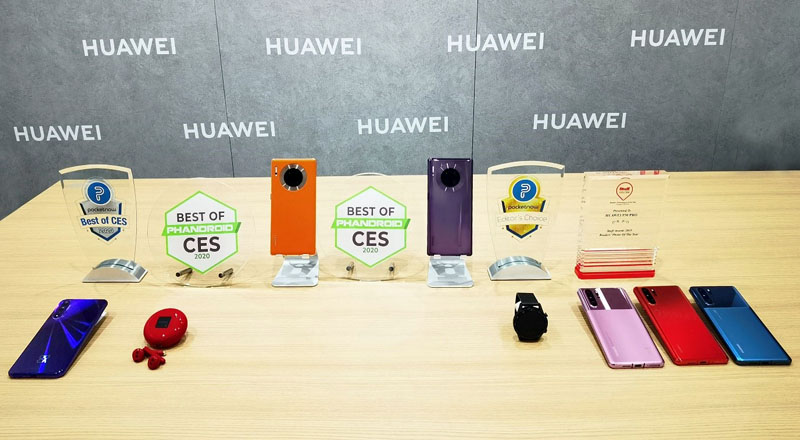
The Huawei Mate 30 Pro wasn't announced at CES, but this was the first time it's been shown off at a trade show. While there were a handful of impressive new smartphones this year, the Mate 30 Pro blows them all away with the phenomenal camera system which can outclass even Google's Pixel 4 and the new Kirin 990 is a step ahead of what Qualcomm offers with its SD855 chipset.
Add in reverse wireless charging, a 6.53-inch OLED display with Gorilla Glass 6 and the phone's stunning design featuring a circular camera module and you've got yourself a smartphone that's definitely worthy of our Best of CES award.
TCL Alto 9+ soundbar
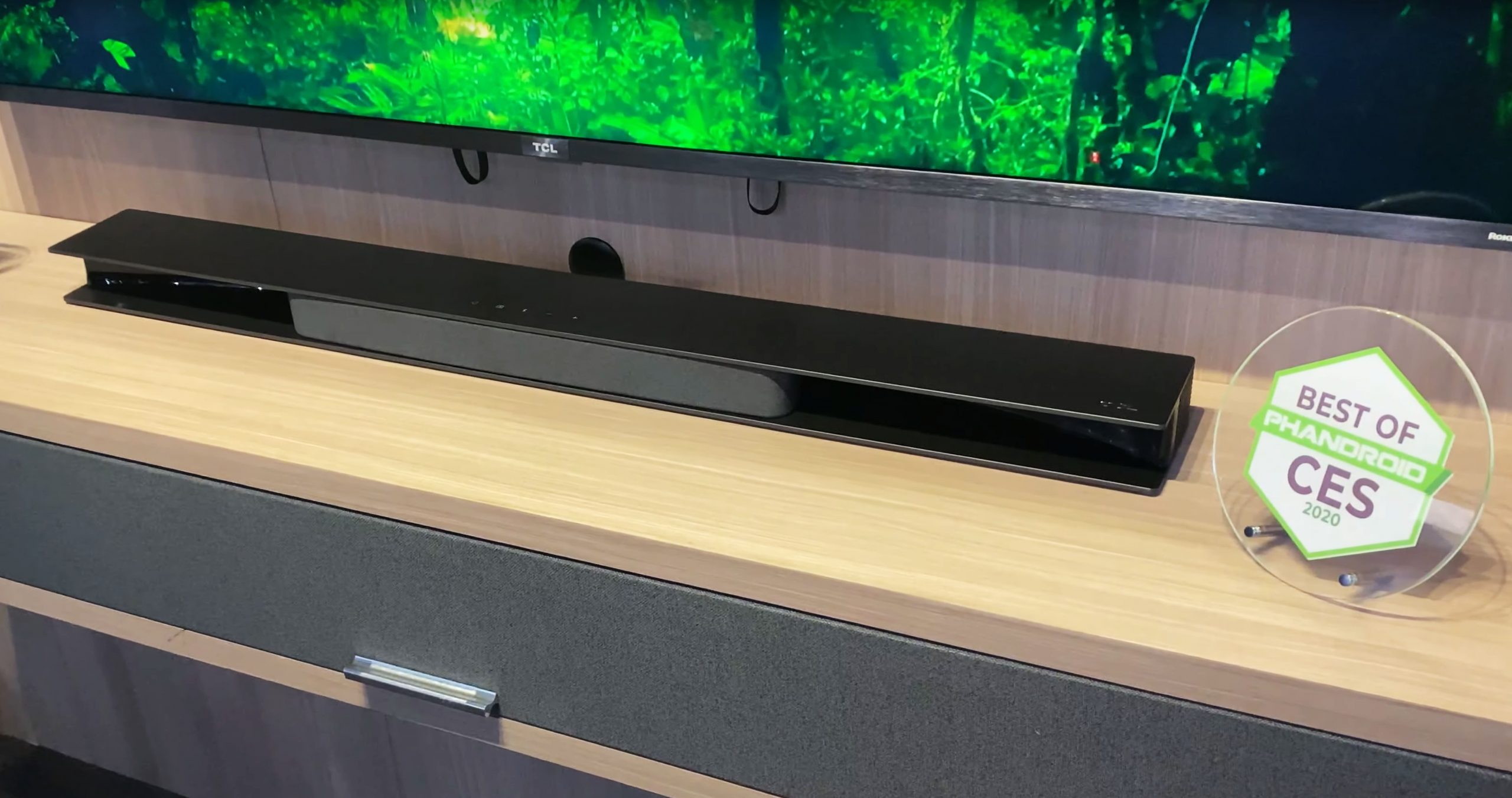
The TCL Alto 9+ Dolby Atmos soundbar drops gimmicks to give almost anyone the best sound possible. Many soundbars advertise surround sound satellite speakers, fancy equalizers, or upward-firing drivers, but the end result is almost always the same. There's a small "sweet spot" in the center in front of the soundbar where the sound is best and the Atmos effects work best. This is due to the tiny front-firing drivers being so directional.
TCL decided to fix that by angling two of the drivers backward into large sound reflectors. This gives the sound space to spread out and shapes it into a cone that fills your living room, creating a much bigger sweet spot. Not only does this let a large group of people enjoy the soundbar, but the 360 degree Atmos effects will still work even if your TV is in the corner and at an angle.
And it really works. You can walk around the room and the experience isn't ruined. And the best part is that it will be cheaper than much of the competition too, as the hardware itself remains simple.
Samsung Galaxy Chromebook
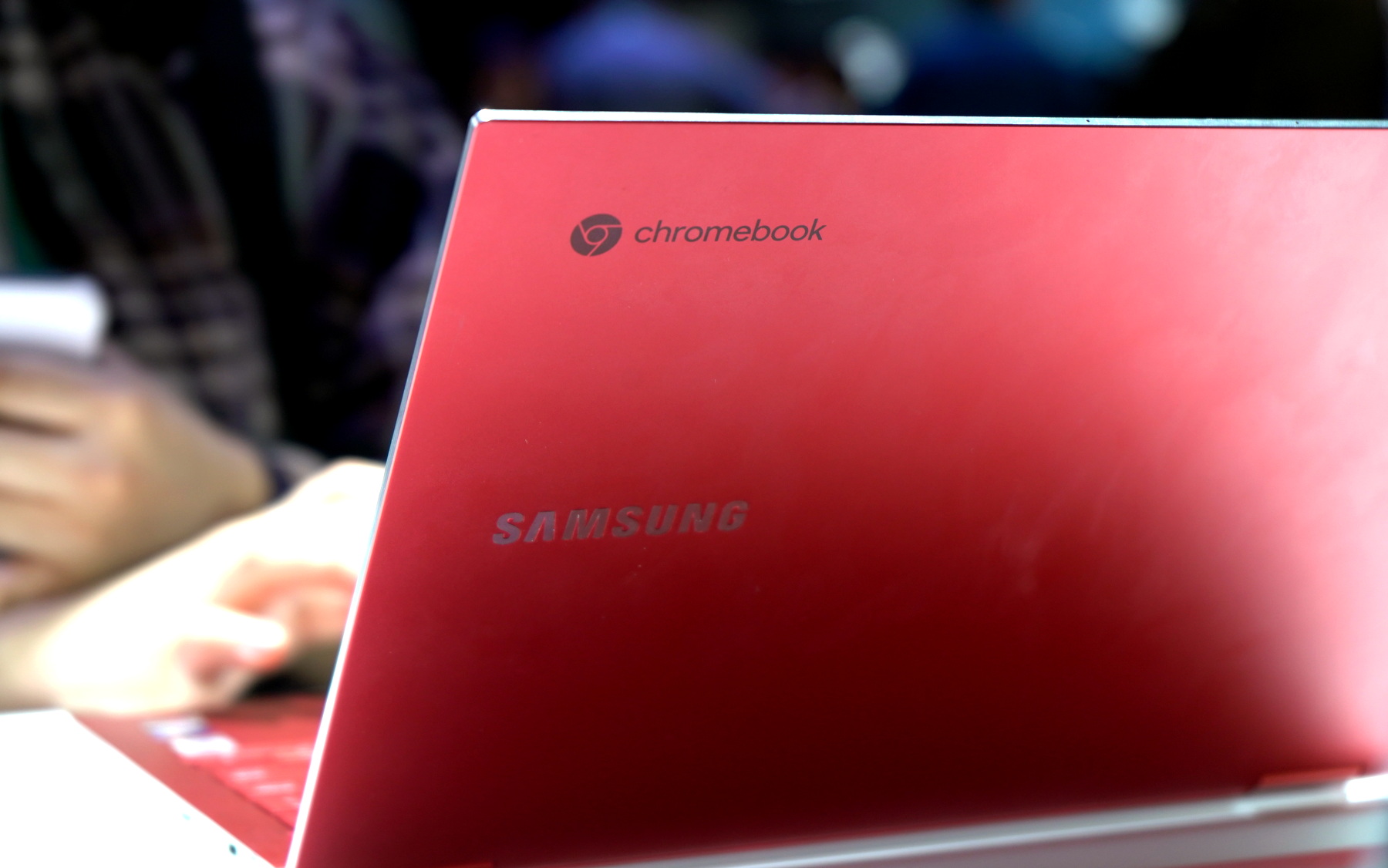
Samsung's Galaxy Chromebook was one of the surprises of CES 2020 for us. While Samsung has put out some solid Chromebooks in the past, none of them stood out considerably from the pack. Google has been virtually alone in offering up high-end Chromebook hardware until now, but the Galaxy Chromebook has a 13.3-inch 4K OLED screen, a 10th gen core i5 processor, WiFi 6, and 8GB RAM as minimum specs starting at $999.
Not only are the internals impressive, but the aluminum construction and 9.9mm thick frame feel fantastic. After 30 minutes with the Galaxy Chromebook, this is the first we would recommend almost equally as a laptop or a tablet. Our one concern is the hinge which allows for a fair amount of movement when using the touchscreen in laptop mode or even when typing, but if Samsung can add some rigidity there this is going to be hands down the best Chromebook on the market in 2020.
Suunto 7 smartwatch
Smartwatches are a dime a dozen these days, but it's rare to stumble across a device like the Suunto 7 which offers a tailored experience for fitness enthusiasts without alienating the average consumer. The Suunto 7 packs in a full 1GB of RAM with 8GB of storage for your music, GPS for location tracking, a heart rate monitor, NCF for mobile payments a 1.39-inch display and a 450mAh battery which delivers a full two days of battery life.
But what really sets the Suunto 7 apart is its offline maps mode, 50-meter water resistance and the use of the SD3100's companion chip which allows the watch to track continuous heart rate and GPS location for 12 hours. Similar tracking on other Wear OS devices would result in a depleted battery in under 5 hours! We honestly can't wait to spend some quality time with the watch and test it in the real world.
Lenovo IdeaPad Duet
Lenovo has been building cheap Chromebooks for the education market for years now, but the new Lenovo IdeaPad Duet is a dramatic departure from the company's earlier strategy. The company took Google's Pixel Slate idea, shrunk it down and made it much more affordable, all while including a keyboard and cover which allows the tablet to function as a 2-in-1 right out of the box.
To be clear, the Lenovo IdeaPad Duet isn't going to compete with the Samsung Galaxy Chromebook in terms of power and performance, but the 10-inch form factor is just the right size for a large tablet or small laptop.
The IdeaPad Duet is more evolutionary than revolutionary, but its $279 price point and clean design should usher in a new era of Chromebooks that will be more versatile and portable than what we've seen in the past.
Huawei FreeBuds3
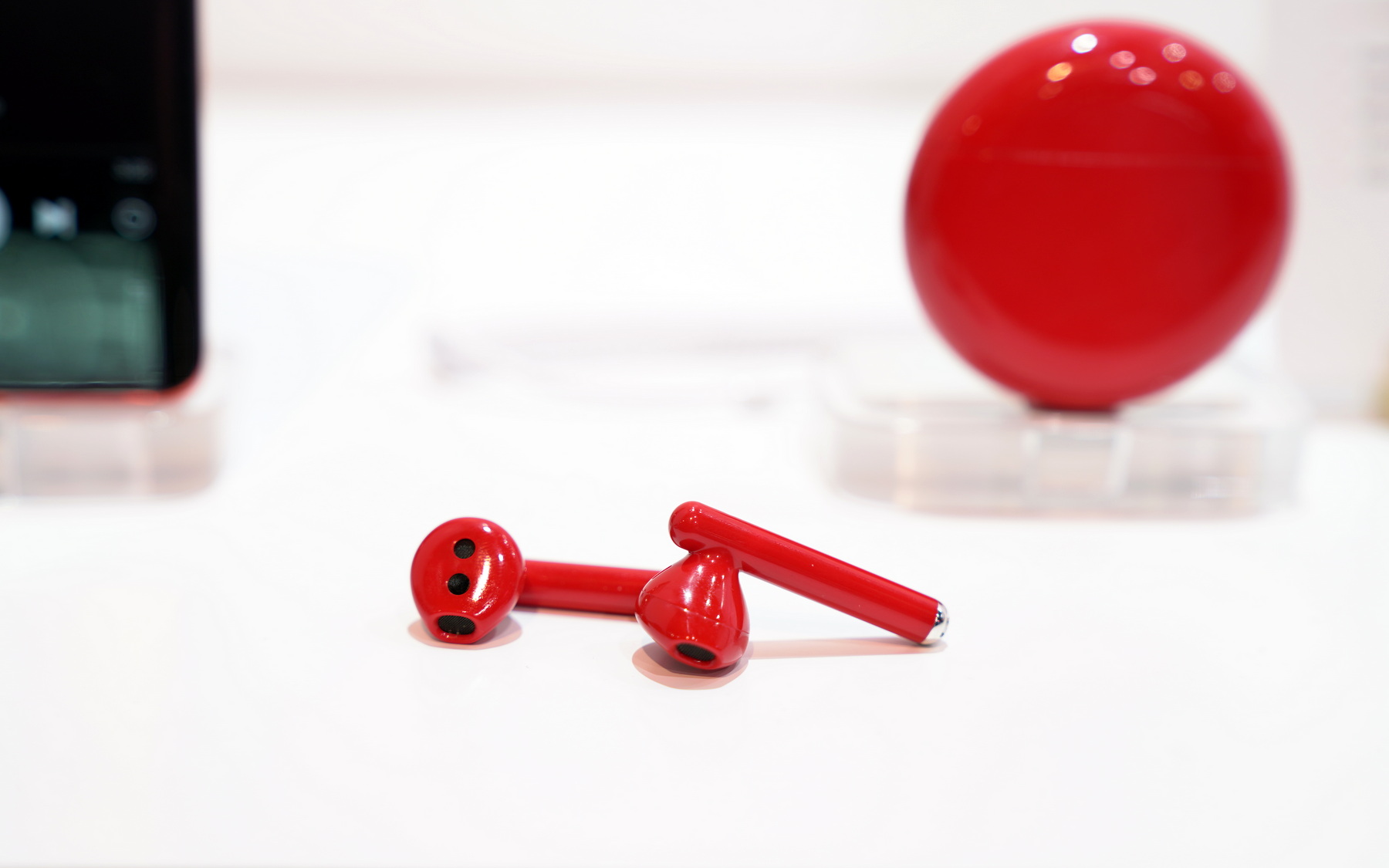
Last, but certainly not least on our Best of CES awards list are the Huawei FreeBuds 3. When we saw the company's newest true wireless earbuds unveiled a few months ago, we were quick to dismiss them as AirPods knockoffs. While the design Huawei is using certainly draws a lot of inspiration from Apple, we quickly changed our tune once we tested them for ourselves.
Simply put, everyone on our team was blown away. Huawei has gone the extra mile to deliver a spectacular audio experience that far surpassed our expectations. Not only do the FreeBuds 3 offer rich and immersive audio, but the company also managed to cram active noise cancellation inside the minuscule earbuds while maintaining 4 hours of battery life on a single charge, all thanks to the Kirin A1 chip that Huawei designed specifically for this application.
from Phandroid https://ift.tt/2Np1Ny0
via IFTTT
No comments:
Post a Comment